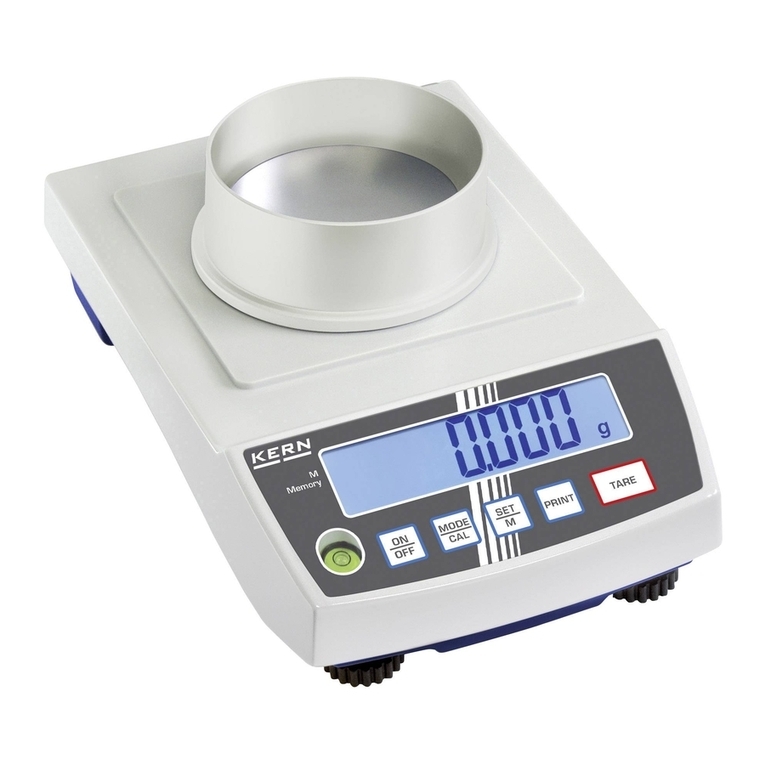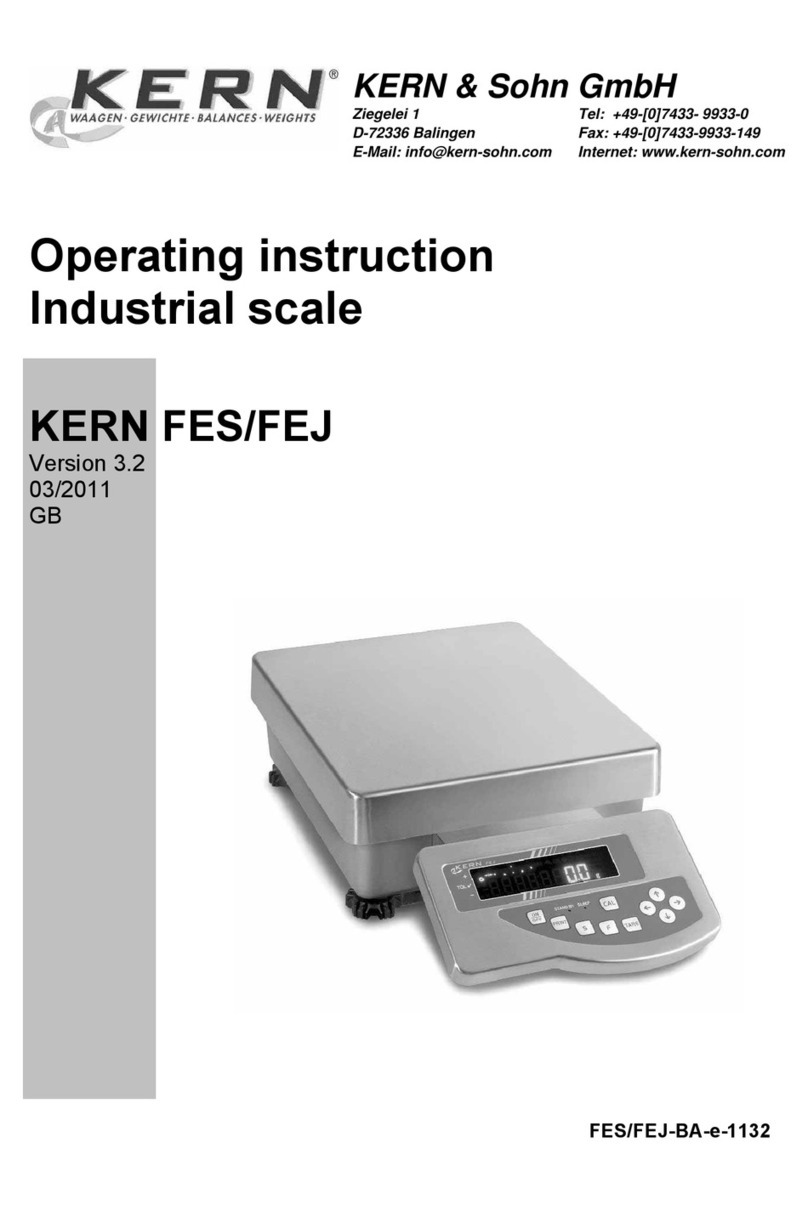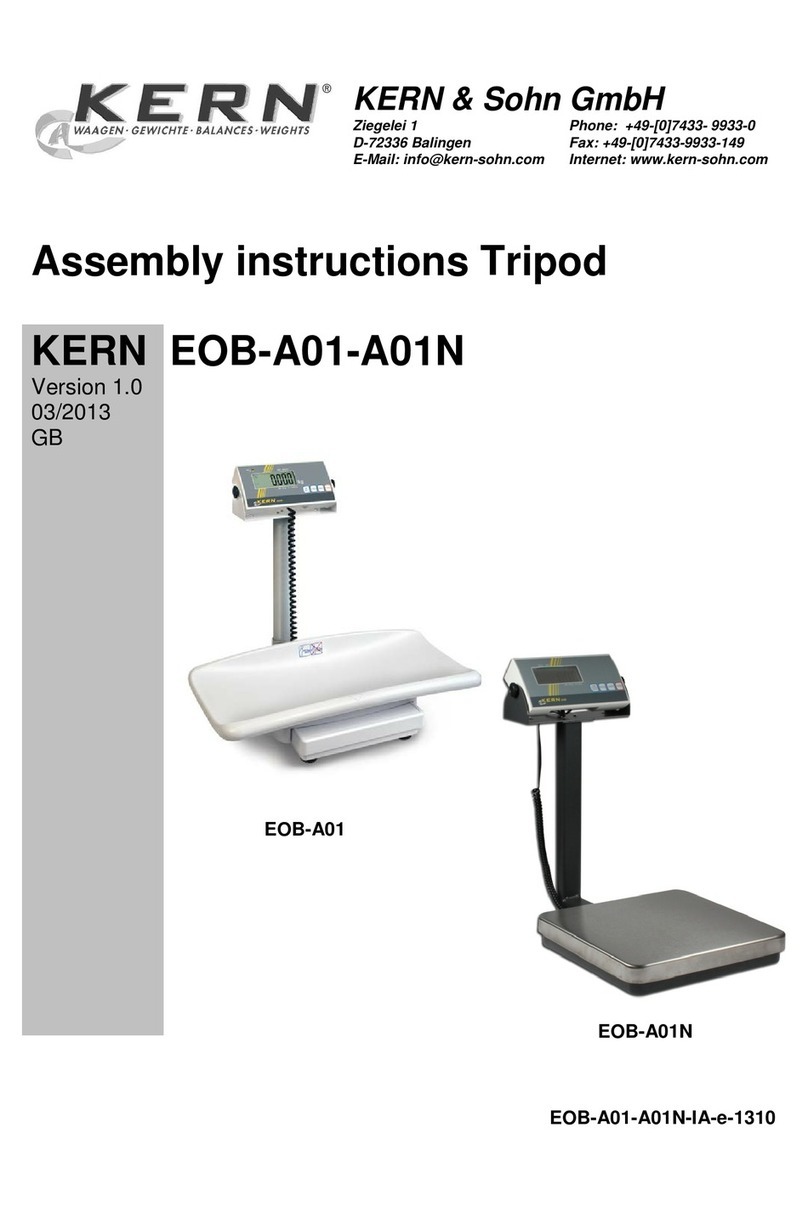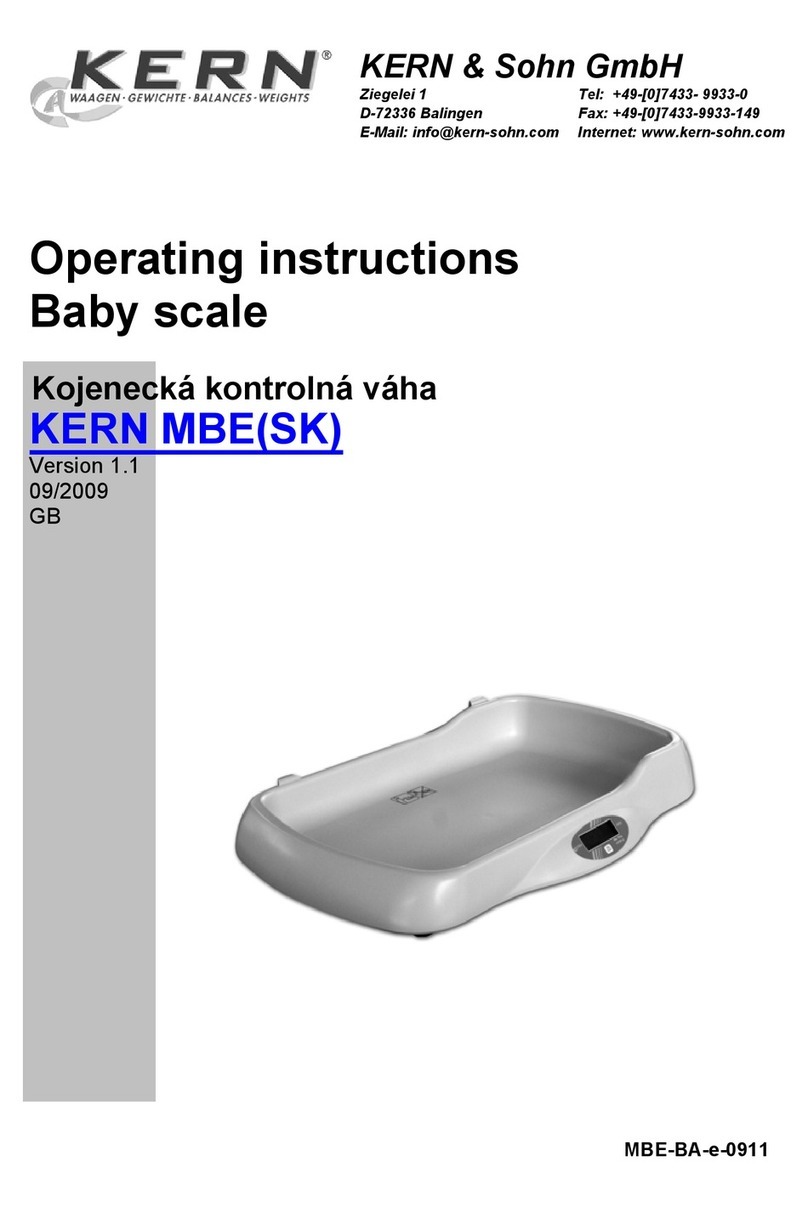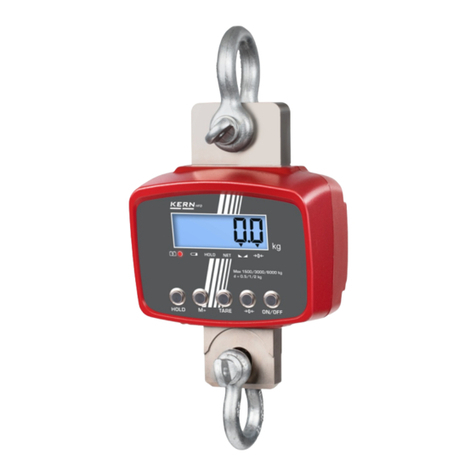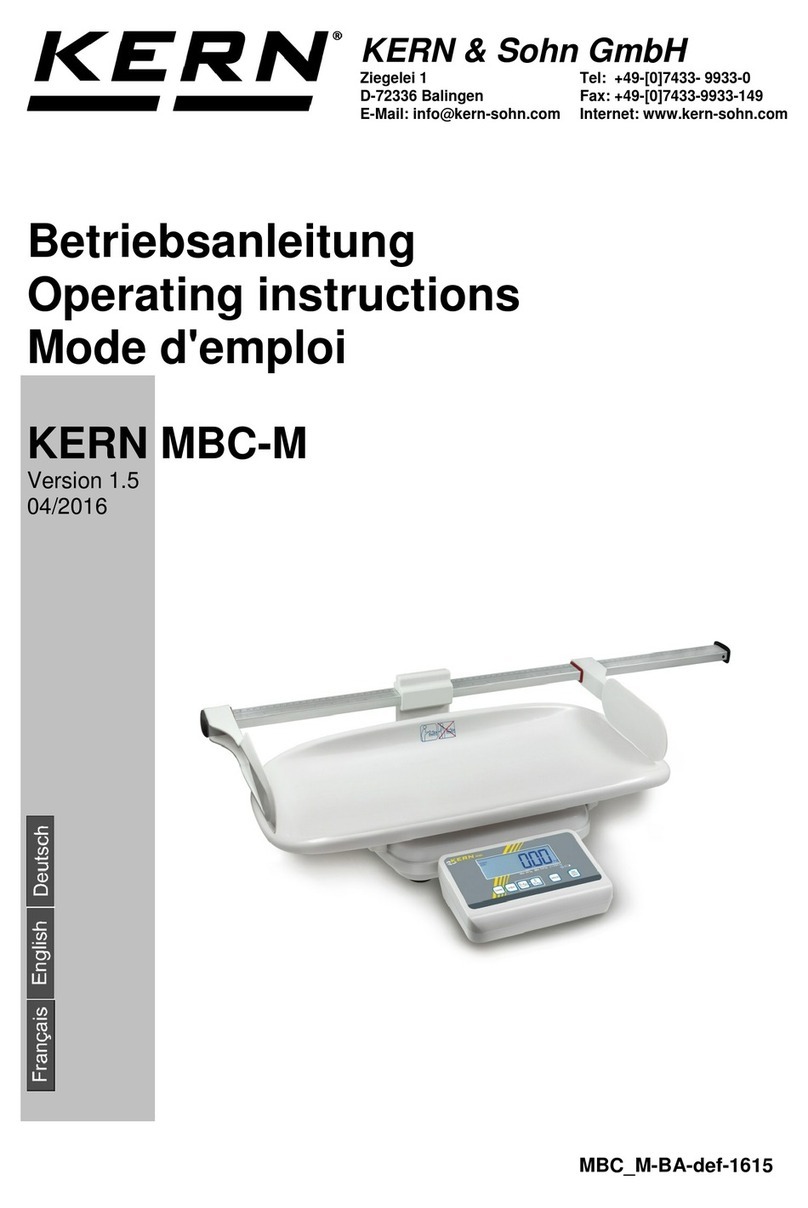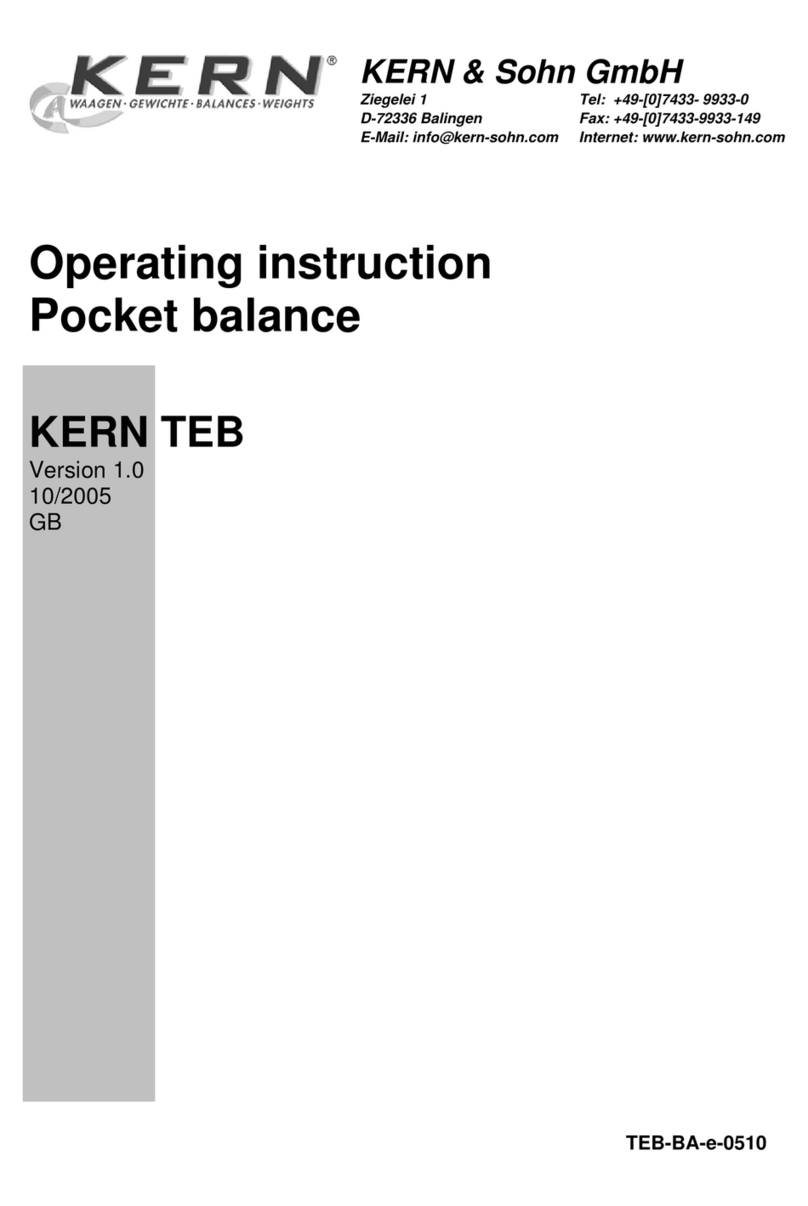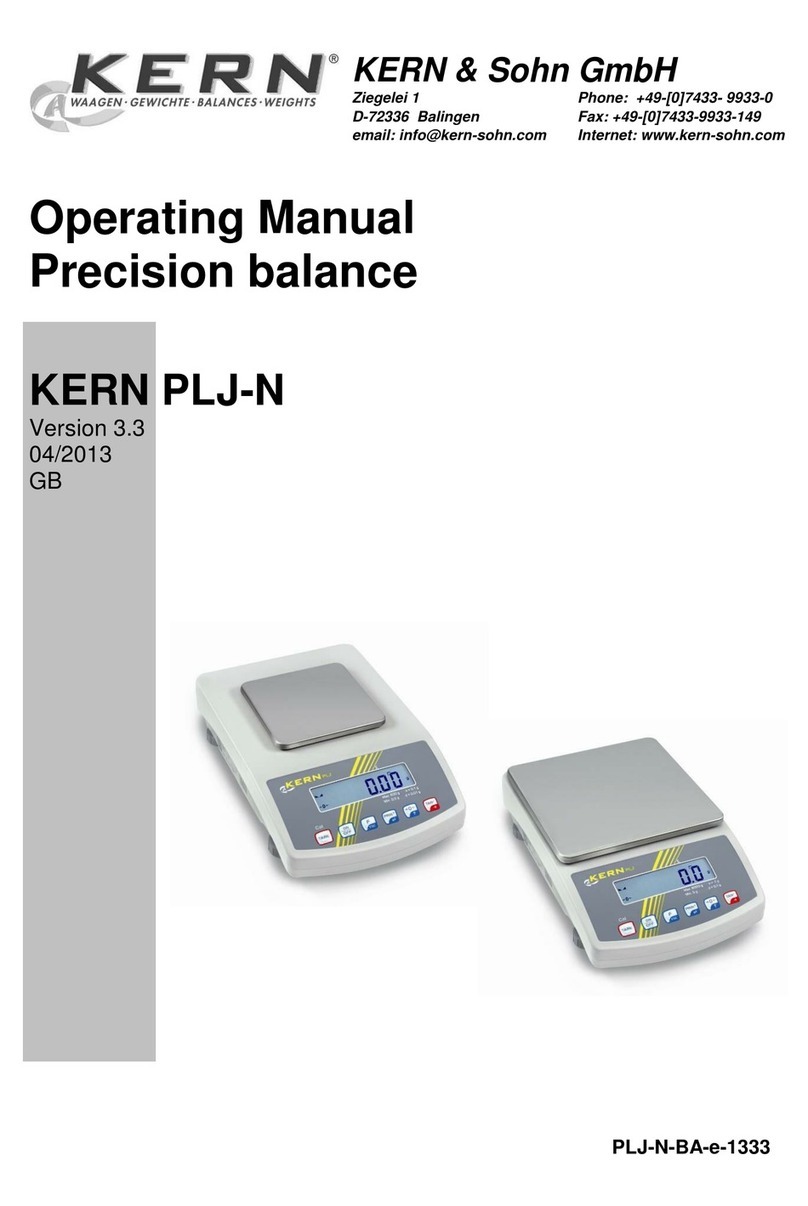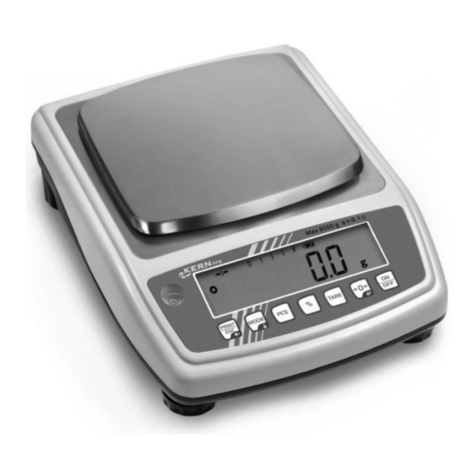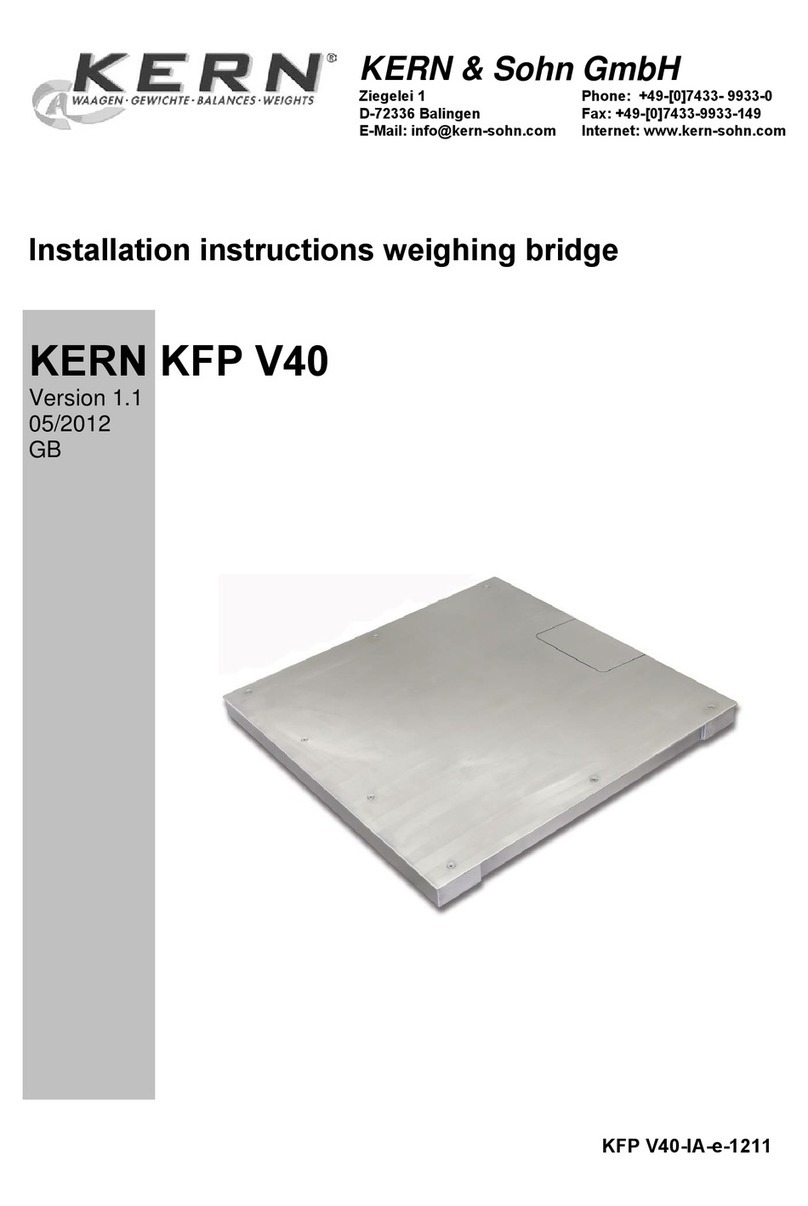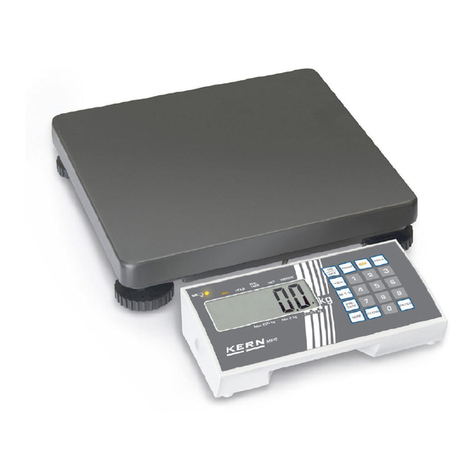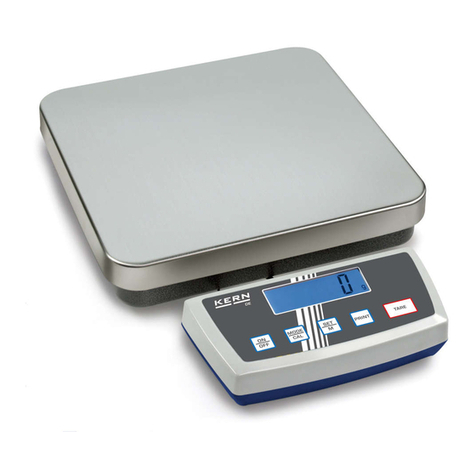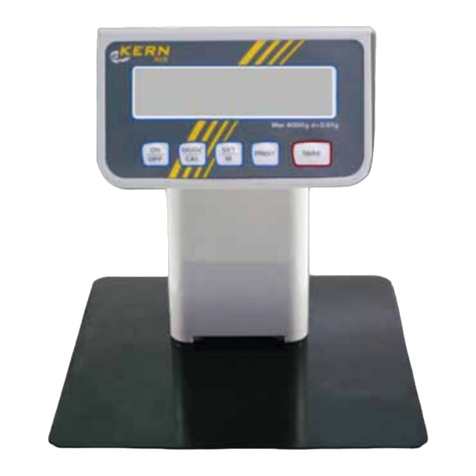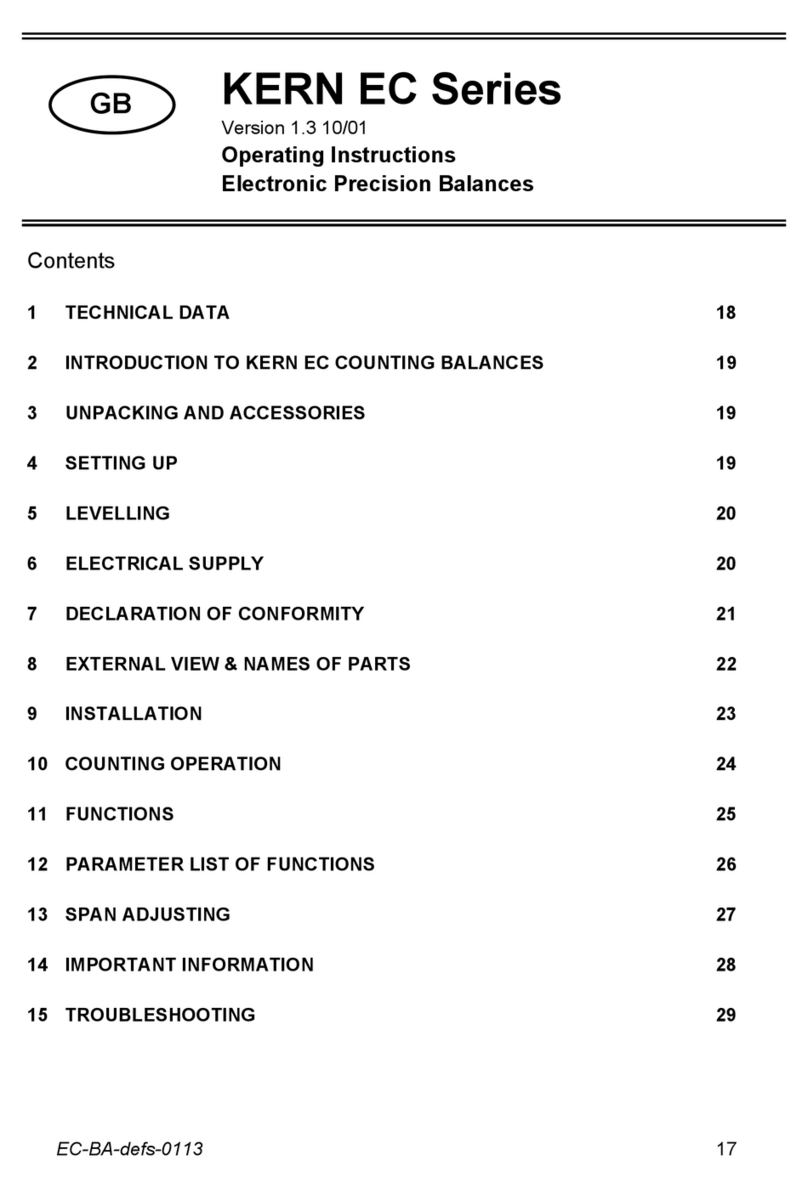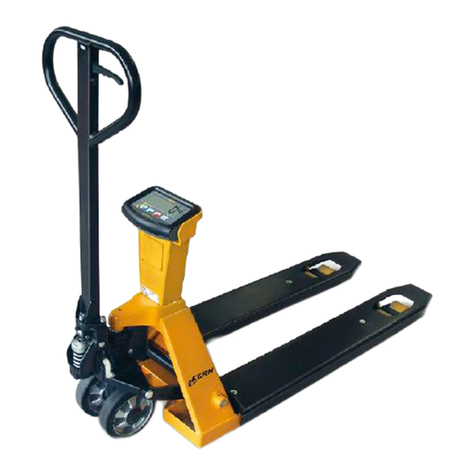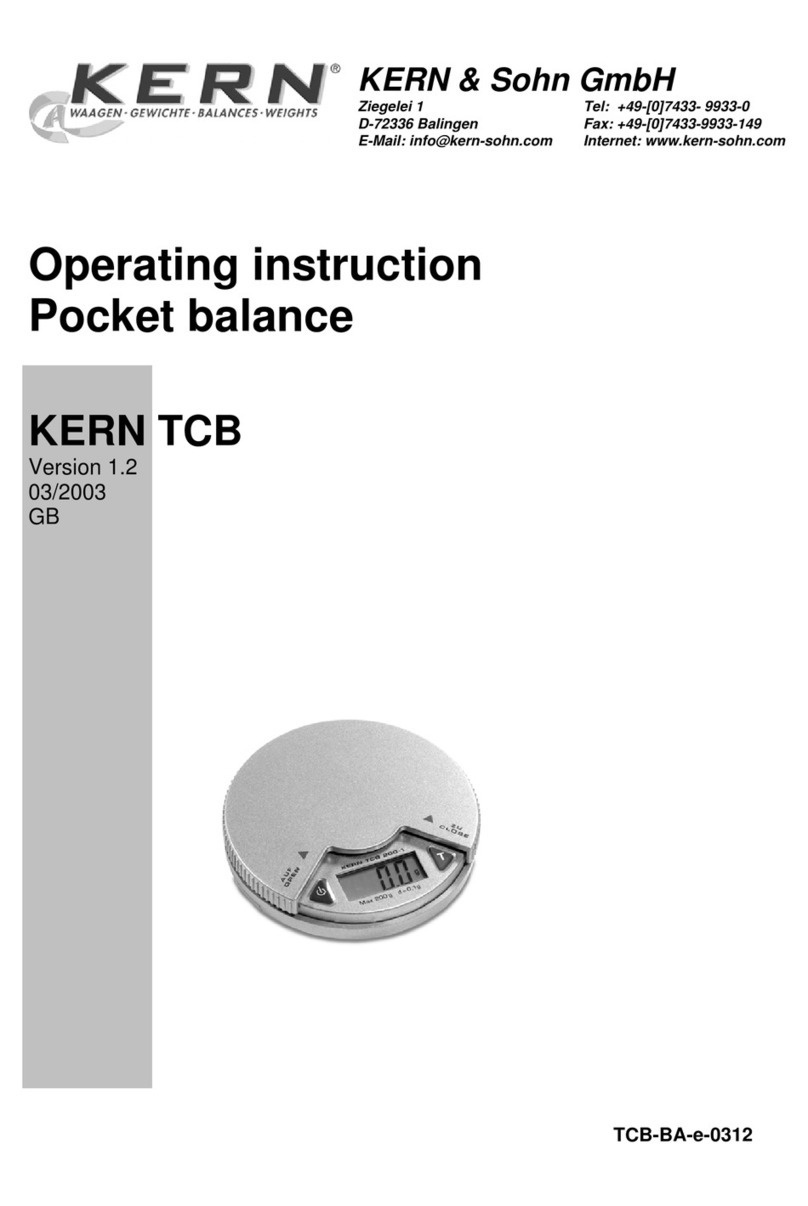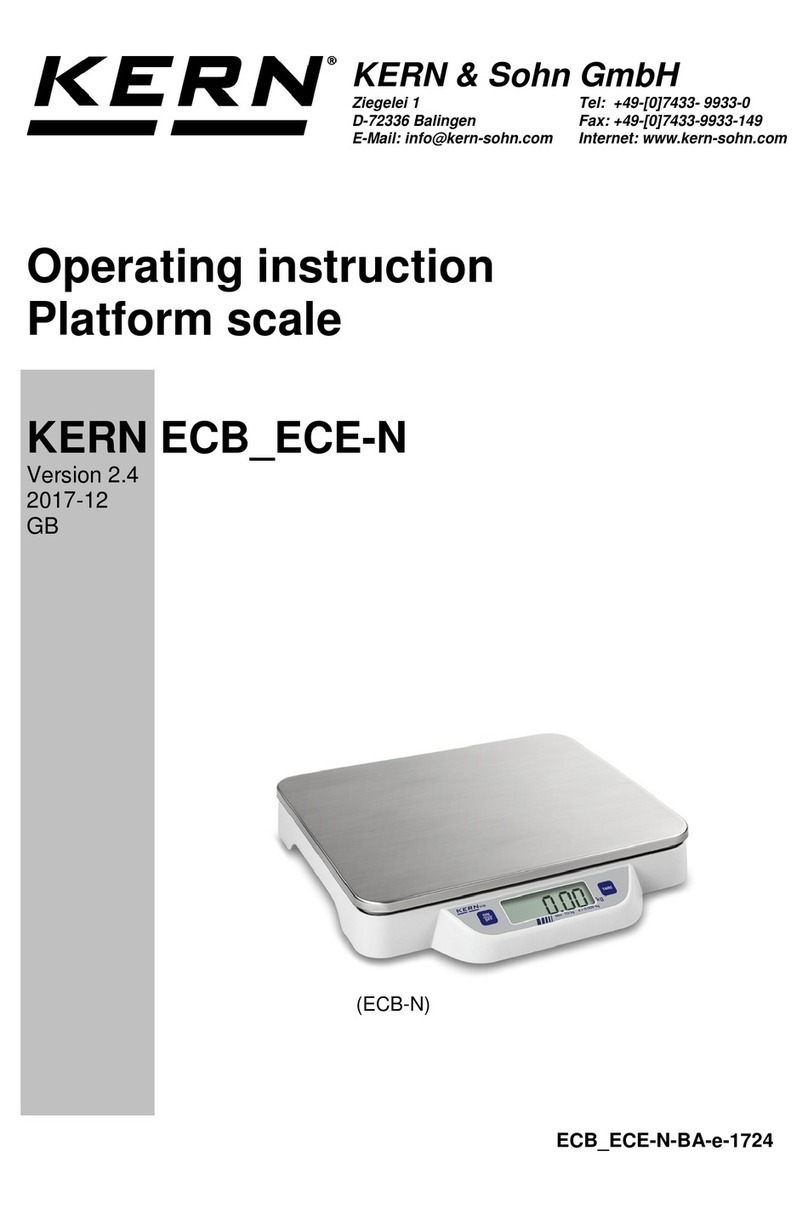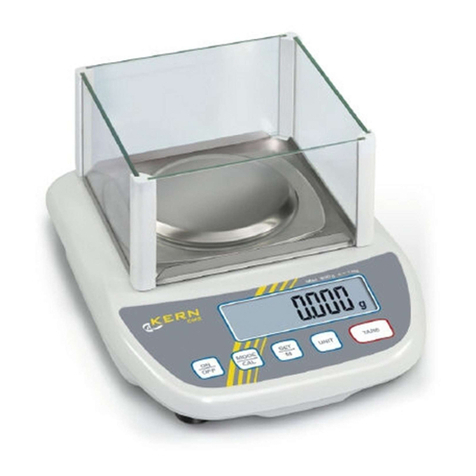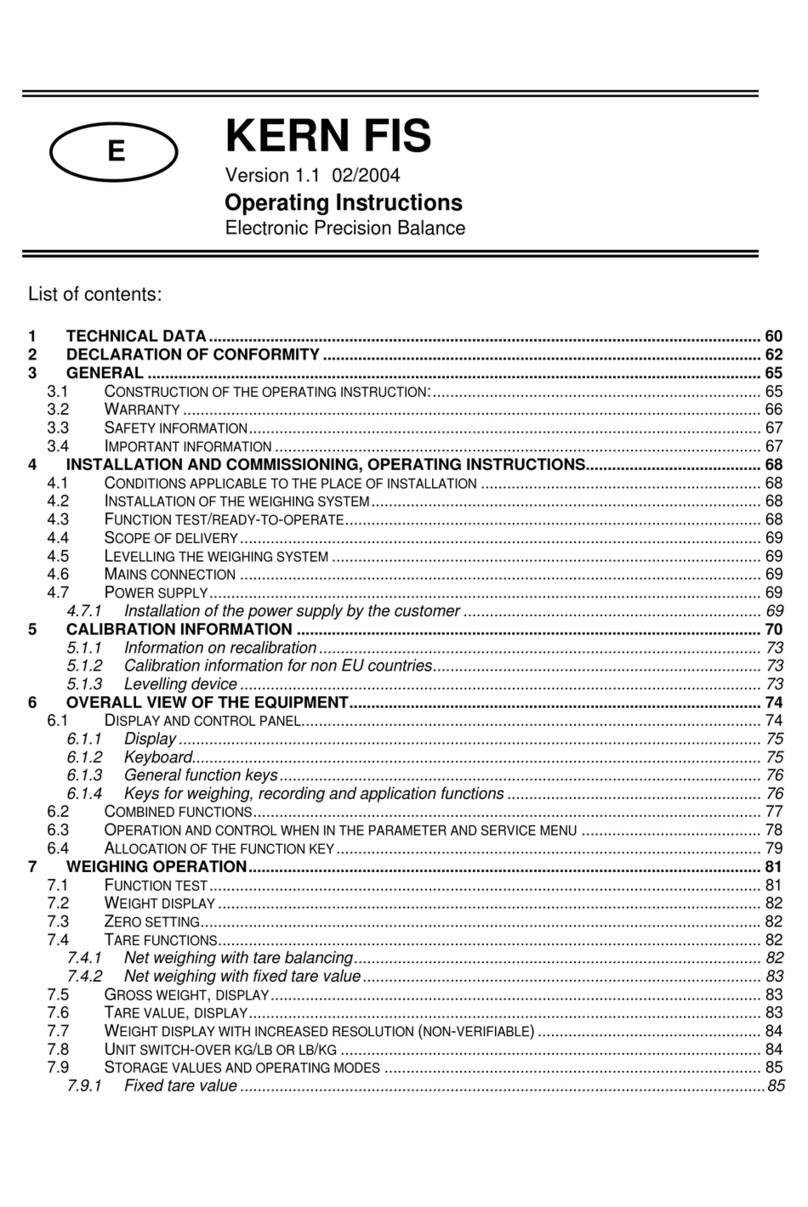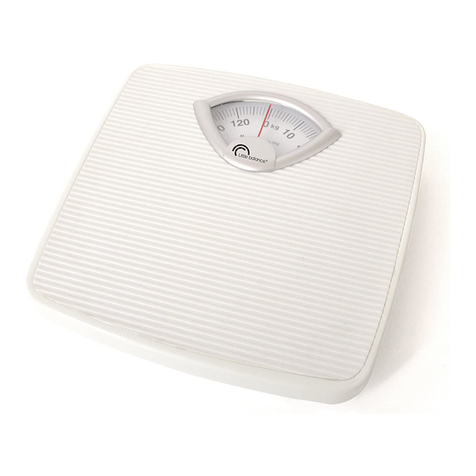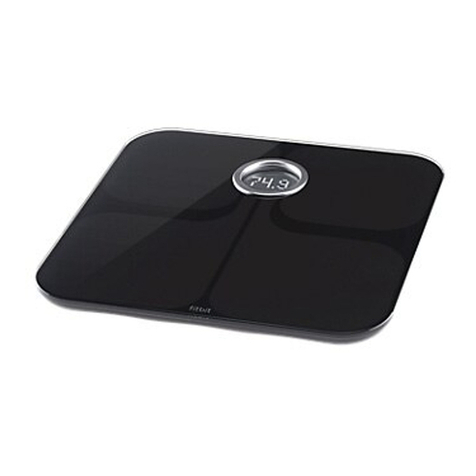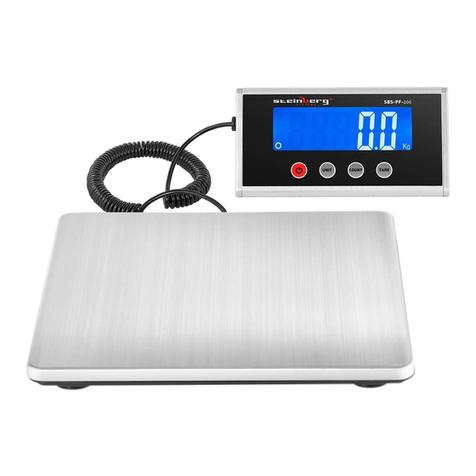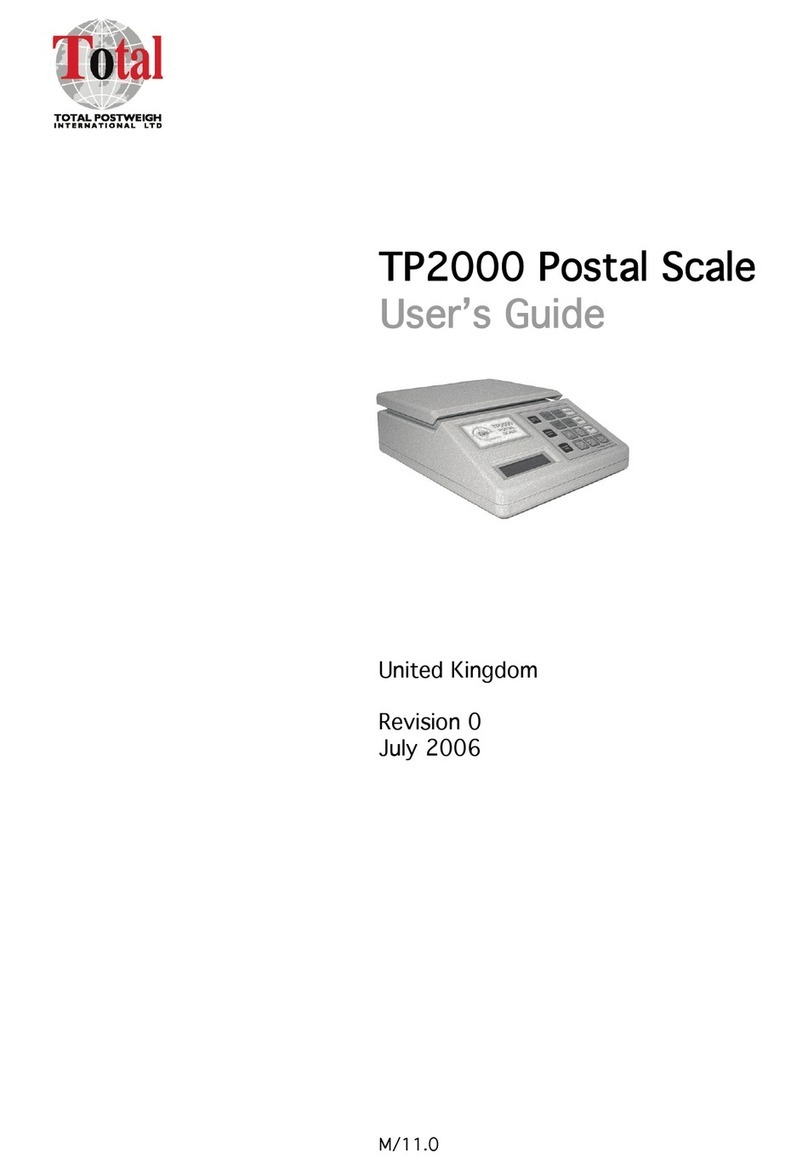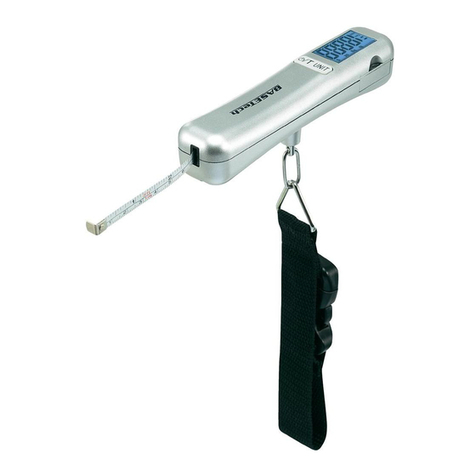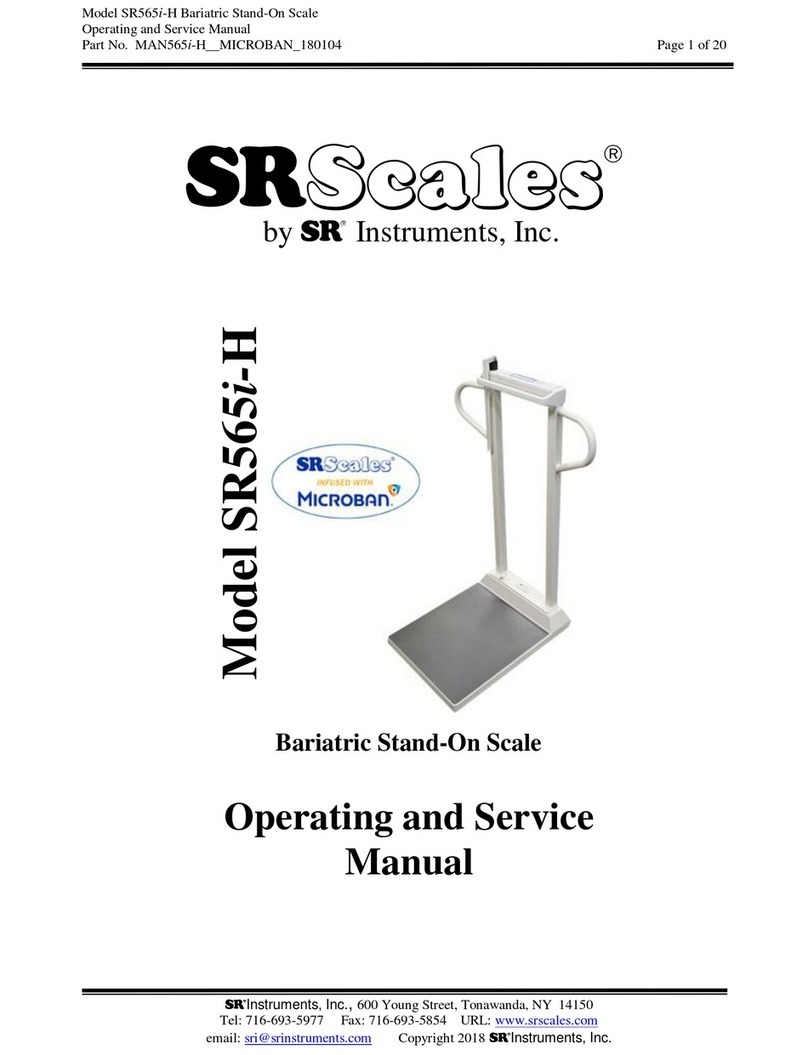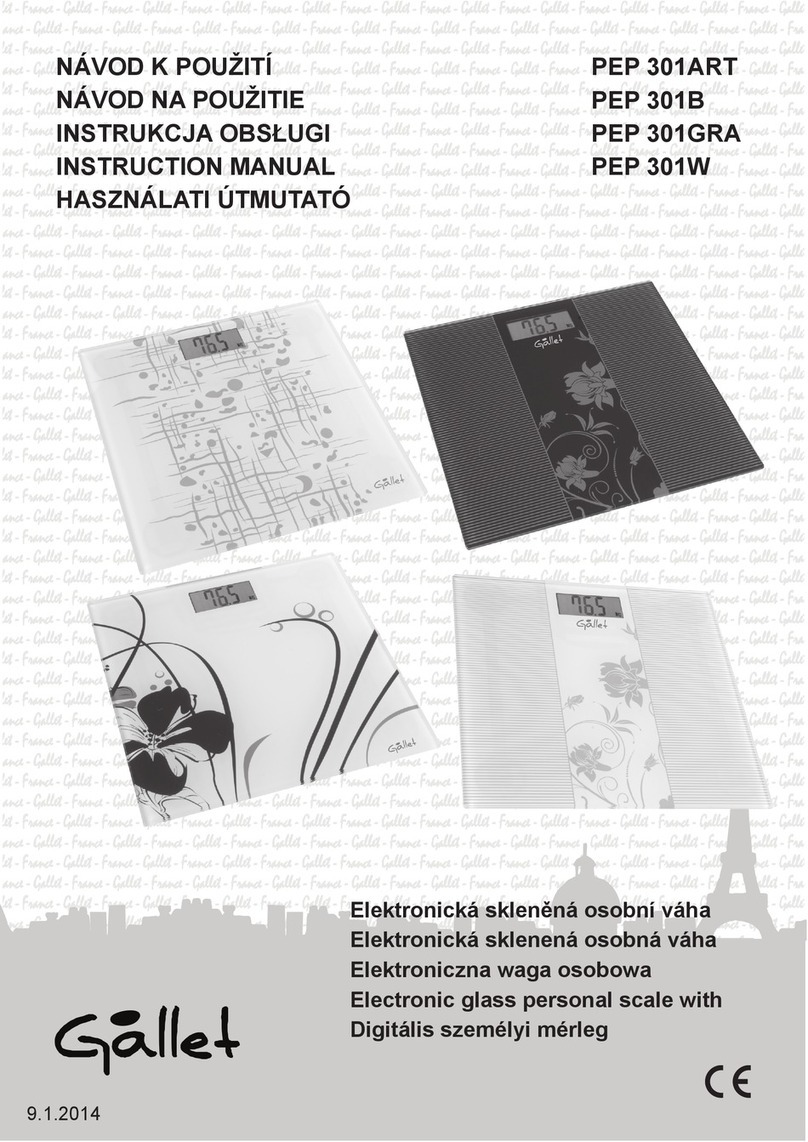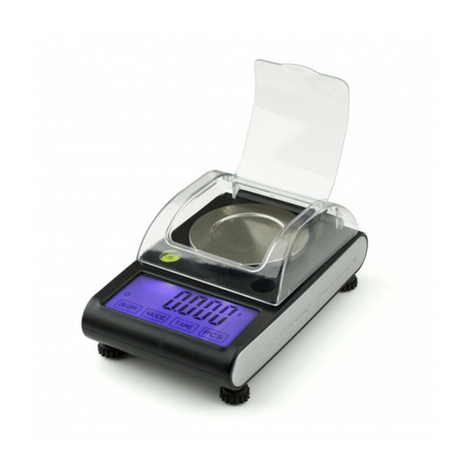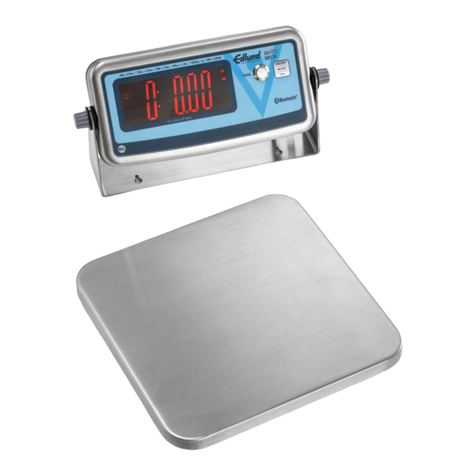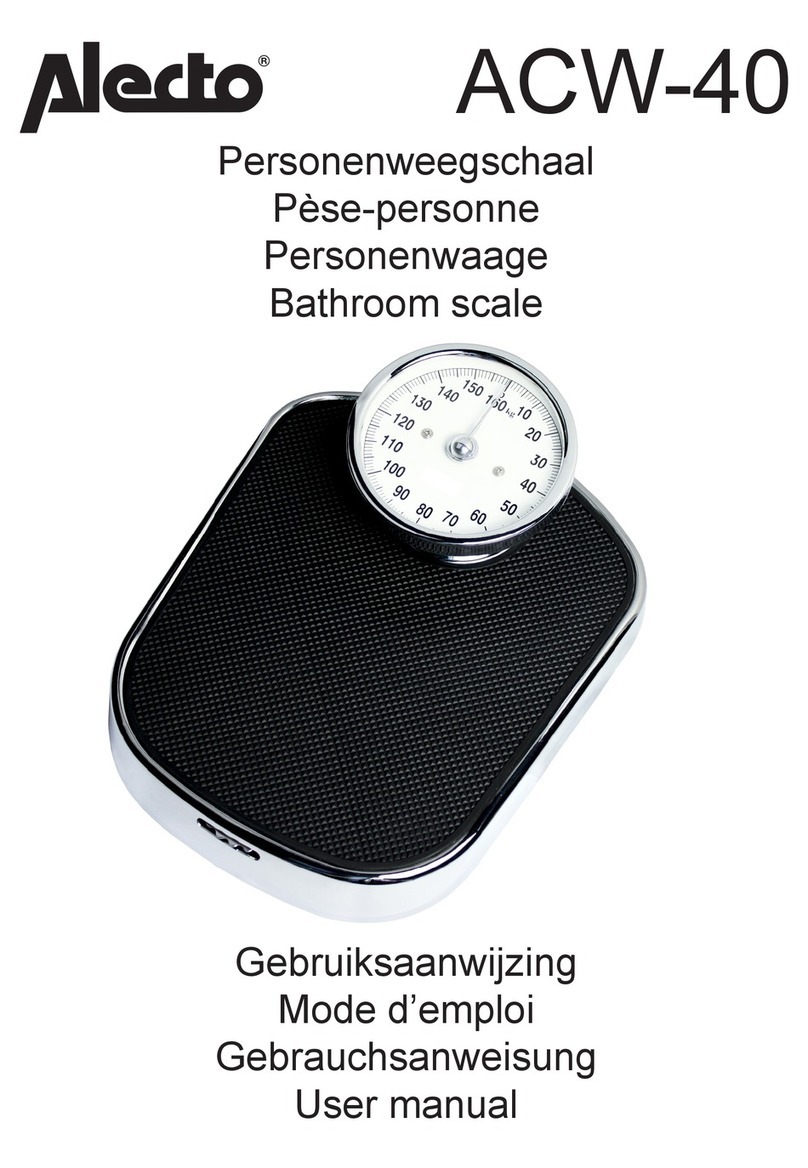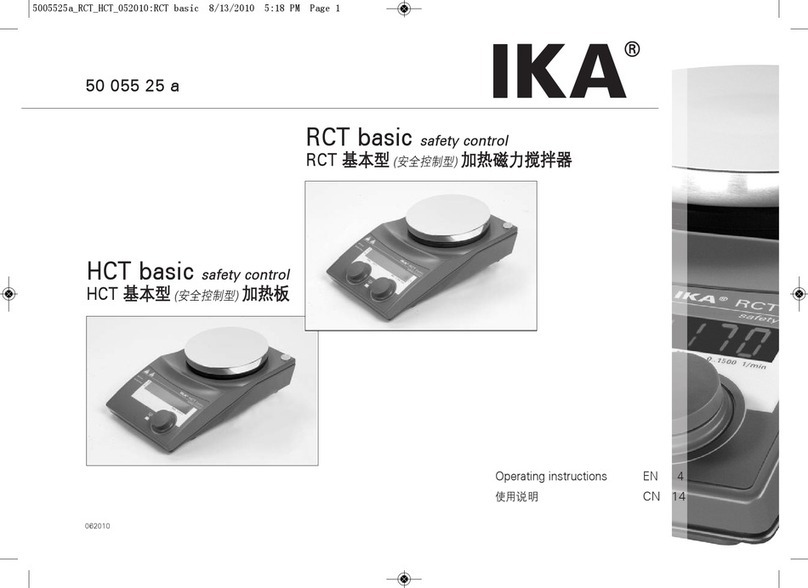
PCB-BA-e-1718
GB
Version 1.8 05/2017
Operating Manual
Table of Contents
1Technical Data ............................................................................................... 4
2Declaration of conformity ............................................................................. 7
3Basic Information (General).......................................................................... 8
3.1 Proper use................................................................................................................................. 8
3.2 Improper Use............................................................................................................................. 8
3.3 Warranty.................................................................................................................................... 8
3.4 Monitoring of Test Resources................................................................................................. 8
4Basic Safety Precautions.............................................................................. 9
4.1 Pay attention to the instructions in the Operation Manual .................................................. 9
4.2 Personnel training.................................................................................................................... 9
5Transportation & Storage.............................................................................. 9
5.1 Testing upon acceptance ........................................................................................................ 9
5.2 Packaging.................................................................................................................................. 9
6Unpacking, Setup and Commissioning ....................................................... 9
6.1 Installation Site, Location of Use............................................................................................ 9
6.2 Unpacking/erection ................................................................................................................ 10
6.3 Mains connection................................................................................................................... 10
6.4 Operation using a (rechargeable) battery (optional)........................................................... 11
6.5 Connection of peripheral devices......................................................................................... 11
6.6 Initial Commissioning ............................................................................................................ 12
6.7 Linearisation ........................................................................................................................... 12
6.8Adjustment.............................................................................................................................. 15
6.9 Adjustment.............................................................................................................................. 15
6.10 Underfloor weighing............................................................................................................... 16
7Operation elements ..................................................................................... 17
7.1 Overview of display................................................................................................................ 17
7.2 Keyboard overview................................................................................................................. 17
8Basic Operation........................................................................................... 18
Start-up................................................................................................................................................. 18
Switching Off ....................................................................................................................................... 18
Weighing............................................................................................................................................... 18
Taring.................................................................................................................................................... 18
PRE-TARE-Function............................................................................................................................ 19
Plus/minus weighings......................................................................................................................... 20
Parts counting...................................................................................................................................... 20
Net-total weighings ............................................................................................................................. 21
Percent determination......................................................................................................................... 22
